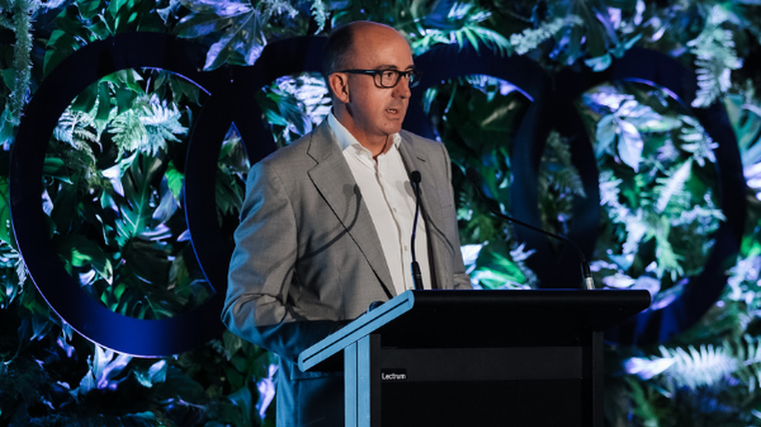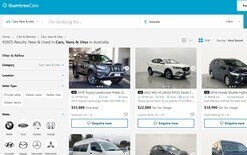New Zealand lagging in EV race

The head of Audi New Zealand warns the country is years behind other markets when it comes to boosting the number of electric vehicles (EVs) in the fleet.
Dean Sheed, general manager and a board member of Drive Electric, supports the government’s goals around low and zero-emissions vehicles but describes them as ambitious.
“The party in terms of EV demand and supply started three or four years ago, and we are only signalling in the last 12 months the seriousness which the government is taking on this particular topic,” he explains.
“Many countries have legislation driving consumer uptake and supply way in front of us. So, it is aspirational from where we are today – however we are late to the party.”
His comments come after Michael Wood, Minister of Transport, signed the country up to the International Zero-Emission Vehicle Alliance. The pact will see the government work with 20 other countries to boost global supply and the amount of EV stock heading to New Zealand.
“We need to import 1.5 million zero-emissions vehicles by 2035 to reach our emissions reduction plan goals, and to reduce transport emissions by 41 per cent by 2035,” Wood tells NBR.
“Working closely with other governments and international partners is critical to ensuring we have access to a bigger variety of more affordable zero-emissions vehicles in New Zealand.”
The government is trying to encourage more people to make the shift to EVs with the clean car discount and the clean car upgrade, but industry predicts supply challenges may stifle some of the goals set by officials.
The discount, or feebate, offers rebates to consumers when registering certain low and zero-emissions light vehicles, while the upgrade was announced in the May budget and aims to help up to 2,500 low-and-middle income households into low-emissions vehicles as part of an initial trial.
Sheed, pictured, notes it will take a number of years for marques to change their factories from petrol-diesel production to battery technology and in turn substantially increase their output of EVs.
Other global challenges for the global automotive industry include a shortage of semi-conductors used in the manufacturing process, supply chain constraints and increasing prices of raw materials.
“What we need to do is look at those issues and get the best possible supply we can, but we are competing with these other markets, and trying to achieve the government’s local targets,” explains Sheed.
Greg Leet, Volkswagen New Zealand passenger general manager, says marques are moving away from internal combustion engines to electrification but that shift may take time – especially for utes.
He notes VW will have full-electric and plug-in hybrid models by the end of next year, with New Zealand one of the first markets outside of Europe to have access to the company's product.
“New Zealand – as a country – is clearly seen as green and we’ve got 80 per cent renewable energy, for example,” Leet adds.
Range anxiety
Other industry figures have told NBR of some of the headwinds to meeting the government’s goals around vehicle emissions.
New Zealand Automotive Investments, which runs 13 car yards under the 2 Cheap Cars banner, says it sells between 10,000 and 11,000 used vehicles sourced from Japan annually, with the average sale price from $7,000 and $8,000.
David Page, chief executive, says the company is sourcing more hybrid-electric vehicles as these are often more affordable than EVs with a plug, “however the subsidies and recent fuel price increases have seen demand lift”.
He notes building EV awareness remains key to increasing the uptake of such models, with the country’s charging infrastructure a concern for many people.
“In the used car space, it is worth pointing out that often the battery ranges are less than a new EV, which can create range anxiety.
“Also, many Kiwis buying used cars do not have garages or off-street car parking and this can make at home charging more challenging.”





